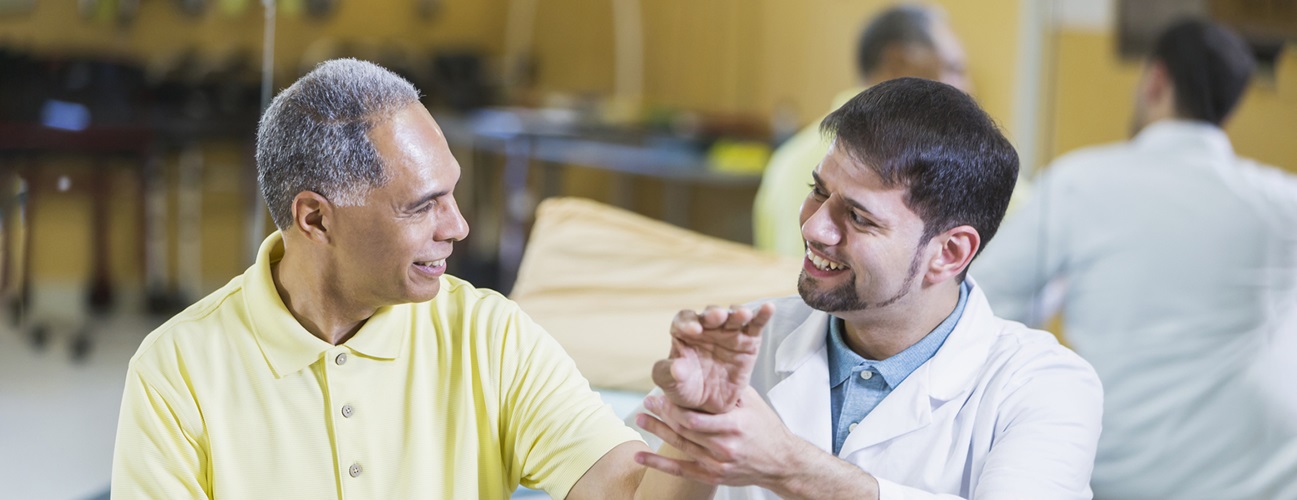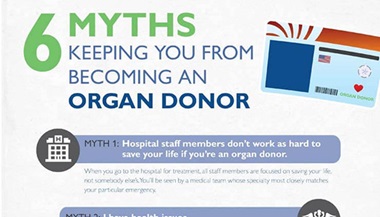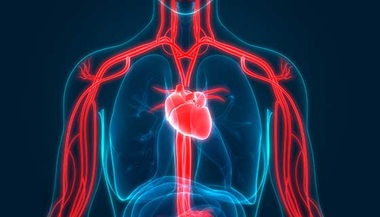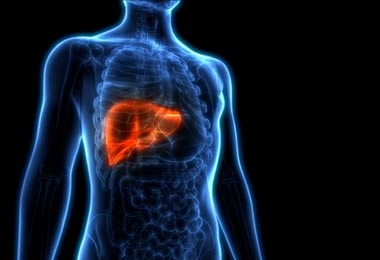Hand and Arm Transplant
What You Need to Know
- Hand transplant surgery is a complex procedure and involves a rigorous screening process, detailed surgical preparation, 12 hours or more of surgery, nerve regeneration, physical therapy and immunosuppressive medications taken for the rest of the patient’s life.
- Hand transplants can be life enhancing for adults who have either suffered a hand or arm amputation or extreme loss of function due to injury or illness.
- You may consider a transplant if you have almost no function in your hands and are not a candidate for alternative or conventional reconstructive surgery.
- More than 130 patients have received hand and arm transplants at institutions around the world.
- You may be a candidate for reconstructive transplant if you have lost either one hand or both at any level from the hand to the upper arm.
- Individuals who have only lost fingers or have lost the entire arm from the shoulder are not currently eligible for this type of transplant.
Screening for Hand and Arm Transplant
Hand and arm transplant candidates undergo rigorous physical and psychological screening. Candidates and their families may be interviewed to evaluate whether they’ll be able to adhere to requirements for recovery, including taking antirejection medications and attending physical therapy. They will also be evaluated for their ability to overcome any short-term setbacks.
Your transplant team will determine the health of your muscle and nerves to ensure they can support nerve regeneration. Regrowth of the nerves after transplantation is essential for adequate motor function. Candidates may also undergo immunological screening to confirm that donor and recipient tissues match.
Candidates for Hand and Arm Transplant
Hand transplant candidates must:
-
Be 18 to 69 years of age
-
Have an amputation or severe deformity located below the shoulder
-
Have no history of HIV or hepatitis C
-
Be able to take immunosuppressive drugs
-
Have no history of cancer for at least five years
-
Be willing to delay pregnancy for one year
Consult with your transplant surgeon for more information about eligibility.
Hand and Arm Transplant Donors
Hand donation is not included in the commonly used driver’s license organ donation registry. Hand donation involves a special and sensitive consent process with donor families. In addition to matching blood type and immunological parameters like in solid organ transplantation, hand donation involves careful emphasis on matching skin color, skin tone, gender, ethnicity/race and the size of the hand/arm.
Hand and Arm Transplant Surgery
Patients waiting on a hand transplant may be called into the hospital at any moment, depending on when a donor hand is available. Hand transplant surgery involves bone fixation, reattachment of arteries and veins and repair of tendons and nerves.
After surgery, you will be placed in a surgical intensive care unit (SICU) for several days. Once the surgical team feels comfortable with you being moved out of the SICU, you will move to a transplant unit, where you will receive care specially designed for all types of transplant patients. You can expect to be in the hospital anywhere from four weeks to three months. The amount of time spent in the hospital depends on a number of factors, including the amount of support and assistance you have at home, the distance from your home to the hospital for follow-up care and any delays that might occur in recovery.
Hand and Arm Transplant Risks
As with any organ transplant, the greatest risk is that your body will regard your new limb as a foreign object and your immune system will fight against it. With hand and arm transplants, rejection is usually painless and can be acute or chronic. Acute rejection often appears on the skin and can occur within days to months after surgery. First signs of rejection include a rash or blotchy skin. Chronic rejection takes place over many years and can ultimately lead to failure. However, as long as the patient follows the prescribed immunosuppressant regimen, there has been no evidence that the transplant would be lost.
Arms for Brendan
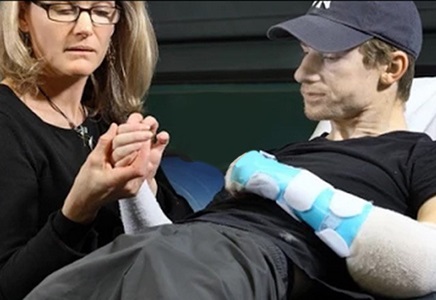
Meet the soldier who was the recipient of the first bilateral arm transplant at The Johns Hopkins Hospital.
Rehabilitation after Hand and Arm Transplant Surgery
Hand transplant patients should be prepared for an intensive recovery process, which will include some form of rehabilitation over the course of your life. For the first three to six months, you will be required to do hand therapy every week for at least six hours each day. For up to two years after the transplant, you can expect to participate in some form of physical therapy and rehabilitation on a full-time basis.

